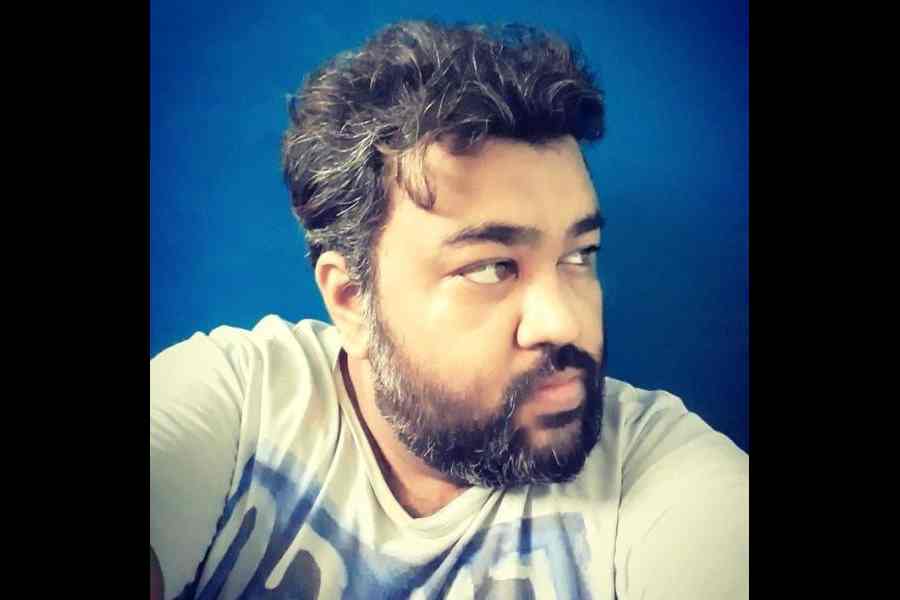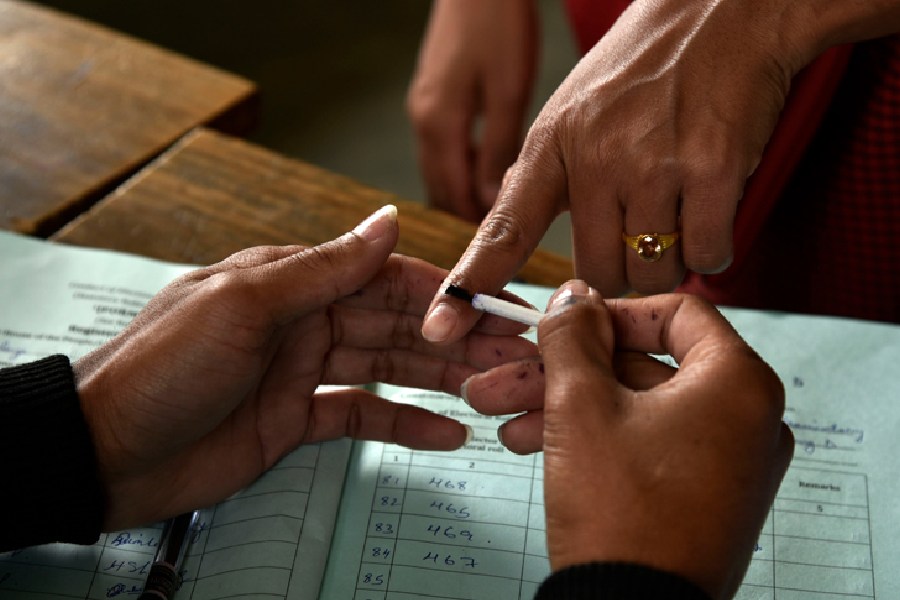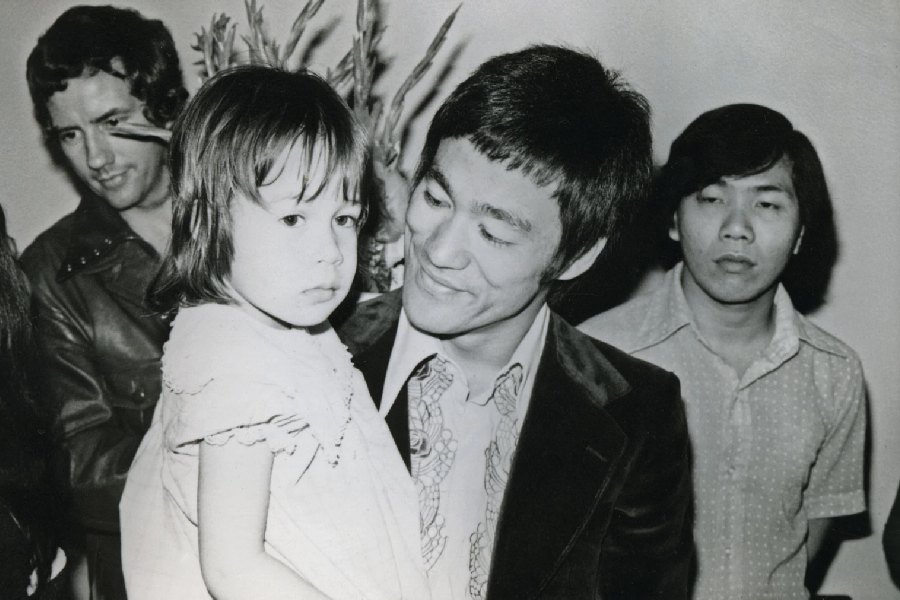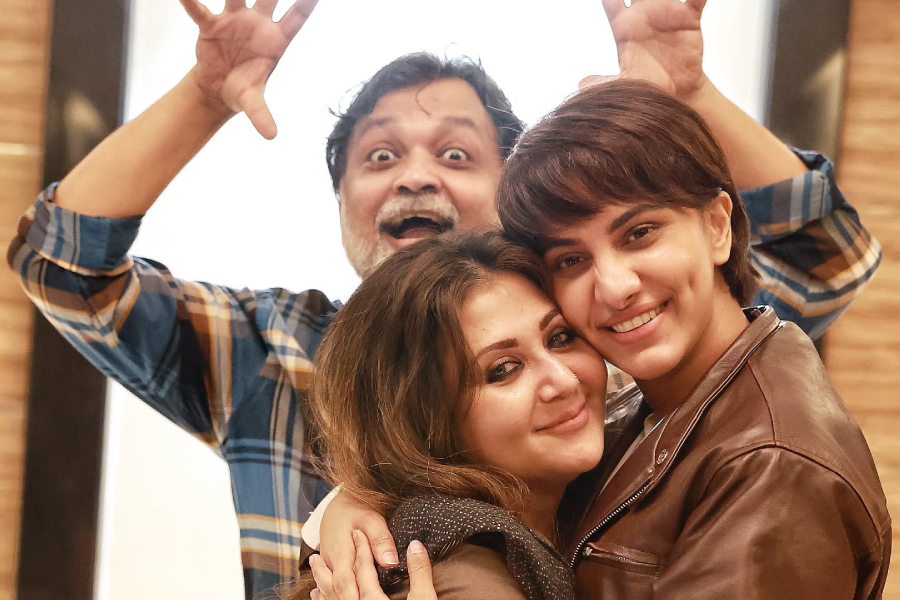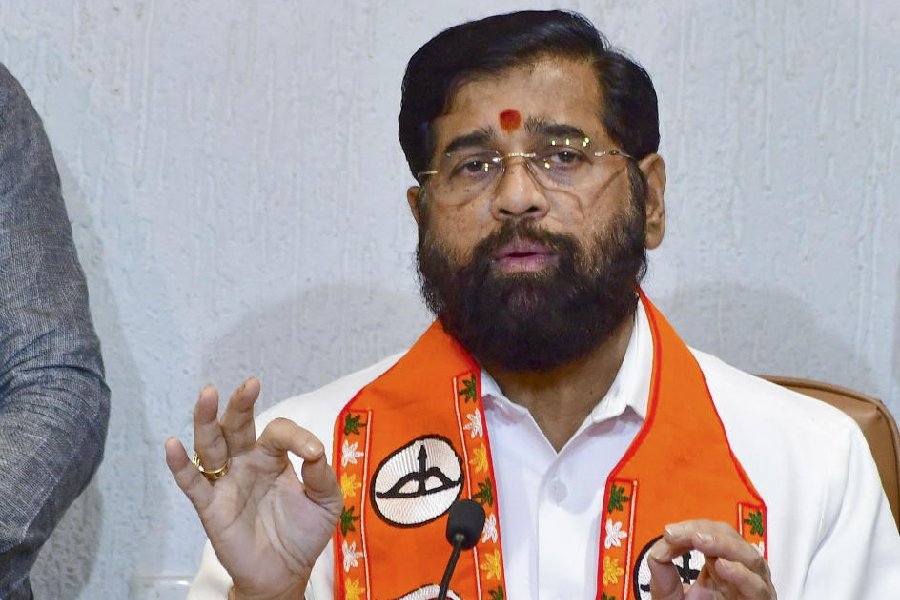My relationship with ghost stories began in early childhood. I vividly remember countless summer afternoons spent in going through the treasure trove of Bengali horror literature. Back in those days, the magazine Shuktara used to come up with an annual horror story special issue, which used to be quite a highlight for us. And trust me, the sheer scare quotient of those stories was on a different level. No one writes old-school ghost stories that can effectively send a chill down your spine like those anymore.
When I was in Class V, I read a particular story in that year’s horror special issue; it scared me so much that I got a high fever that night. From that point on, my parents took a strict decision to never let me watch horror films or let me read horror stories. I did not remember the name or details of the story, but the fear it made me feel, was strongly inscribed in my mind.
Over 20 years later, I accidentally found that same story — Bhoy, written by horror fiction legend Manabendra Pal. While the story did not affect me much in its current read, I could see glimpses of why I had found it so disturbing all those years back. Anyway, due to the ban inflicted by my parents, I never saw any horror content while growing up. Back in those days, shows like Aahat and Zee Horror Show were all the rage and all my friends from school would discuss the new scary stories they would witness on TV each week. Unfortunately, I was never allowed to see any of these shows and had to resort to my friends narrating the stories of the very best episodes to me.
However, no amount of strict rules could stop me from reading ghost stories. I often used to sneak in horror story collections from friends and read them by hiding amidst other book covers. This brings me to the inception of the series, Banglar Shera Bhooter Golpo (streaming on the Aaro Ananda app). This title is extremely special to me as there are countless ghost story collections of this same title, released by different publishers. Back in the day, whenever we used to visit a local book fair, books highlighted by this title would have an instant appeal. Over the years, the title stayed with me. I even ended by writing a graphic novel titled, Banglar Shera Bhooter Golpo, in 2017.
Ever since I started to work in films, I have become more and more interested in the horror genre. I have always believed that there is a steady audience for horror films in Bengal. In recent times, audio stories have become extremely popular, with horror being the dominant genre. When it comes to books too, horror is a steady bestseller genre and apart from the classics, there is huge demand for the works of younger writers too. There are specific groups and communities in social media which are dedicated to this genre. However, despite of all this, in films, horror remains a somewhat untouchable genre in Bengal. This is mainly due to the disappointing results of many previous endeavors, and the opinion that Bengali audiences only like softer, friendly ghosts.
Collecting supernatural experiences
I wanted to try and break this notion and make a series that is simply, scary. To create a cultural connect, I decided to look into my childhood and bring out the classics. Banglar Shera Bhooter Golpo is an anthology series that aims to adapt the very best of Bengali horror stories into the audio-visual medium.
The first season features three stories — Swopno o Maya written by Gajendra Kumar Mitra, Medal written by Bibhutibhushan Bandopadhyay, and Moheshermohajatra by Rajshekhar Basu (Poroshuram). Medal focuses on a lonely school teacher, Bibhu, played by the versatile Anirban Chakrabarti, who comes across a vintage medal, which is apparently haunted. This story plays out like a chase film, with the protagonist being followed constantly by an ominous presence.
Moheshermohajatra focuses on two friends, the strongly atheist Mohesh, played by Kinjal Nanda, and the playful Hori, played by Abhishek Singh. The two opt for a bet to settle once and for all, whether ghosts exist or not. What begins as a practical joke, ends up being a nightmare that leads to one man’s progression into madness. While the first two stories are extremely popular and have been adapted in different formats before, the third one, Swopno o Maya written by Gajendra Kumar Mitra, I feel, is an underrated gem. This is easily one of the scariest horror stories of Bengali literature, and makes the readers uncomfortable. It plays with a common and highly relatable fear we all have — the fear of dead bodies. This story focuses on a family, comprising the housewife Anu, played by Tnusree C, her sister-in-law Sritama, played by Ananya Das, and Anu’s daughter, Minu.
The trio are caught in a crisis when Anu’s father-in-law suddenly passes away. As Anu’s husband Hori is out of station and will need till the next morning to get back home, Anu and her family members are forced to guard the body all through the fateful night. What begins as a melancholic night, ends up being a life-changing experience for the family. While the three stories are largely disjointed, they are connected by a mysterious woman called The Collector, played by Jina Tarafder, who is a wanderer who travels the world collecting supernatural artifacts and experiences.
Shooting the film was a highly creatively satisfying experience. Every team member had a sense of trying something new and gave their best. Designing the film’s scary moments was a huge challenge due to the lack of infrastructure and work experience. Yet, I believe we have pulled off some really interesting scares. We got lucky in terms of locations and found quite a few really creepy houses. Our DOP, Subhadeep Nashkar, used minimal lighting and used shadows effectively to create an eerie atmosphere.
Aritra Dutta Banik’s colour grading, Amit Das’s sound design and Amlaan Chakraborty and Bob Sn’s terrific background score ensured that the series is indeed a scary audio-visual experience and that the jump scares work efficiently. The production design by Abhirup Dolai was minimalistic, yet, successfully brought out the gloomy mood we aimed for. The costumes by Aheri Mukherjee really brought the world of the series alive. Suman Banerjee and Surajit Maji’s production support ensured that we pulled off extremely complicated scenes with ease.
A risky shot
Every technician went beyond their normal job responsibilities and pitched in to innovate and make the scary moments work. There are quite a few surprising moments in the series, where we have pulled off some really interesting elements, without using any VFX. We have relied heavily on practical effects and editing techniques to design the scare quotient of the series.
When it comes to performances, Anirban Chakrabarti has played a character completely different from his usual comic image. Though he does not believe in ghosts at all, he was the one to face the scariest moment during shoot. Despite having severe vertigo, he had to stand on the railing of a third-floor roof for a shot. It was an extremely risky shot, but Anirbanda braved it.
Tnusree was highly efficient in her portrayal of a protective mother and family matriarch and this has to be one of her best performances. Kinjal Nanda is the surprise element of the series I believe. His portrayal of the cynical Mohesh, with deadpan humour as well as an insensitive snark, has made this a performance to watch out for. Abhishek Singh has brought his inherent innocence to the character of Hori, and has played a perfect foil to the eccentric Mohesh. Jina Tarafder is super cool as the mysterious Collector. This spooky character is completely against her typical girl next door image and she has pulled off quite a memorable act.
Banglar Shera Bhooter Golpo is a project extremely close to heart due to my love for the genre, and its connection to my childhood memories. I have tried to make audiences feel that same ‘gaa chawmchawme’ vibe that I used to feel when reading ghost stories back in my childhood. So far, the response from audiences and critics has been extremely positive, and we have received almost unanimous feedback that the series has been successful in scaring the audiences. Thankfully, with increasing positive word of mouth, we will reach out to more audiences soon.

